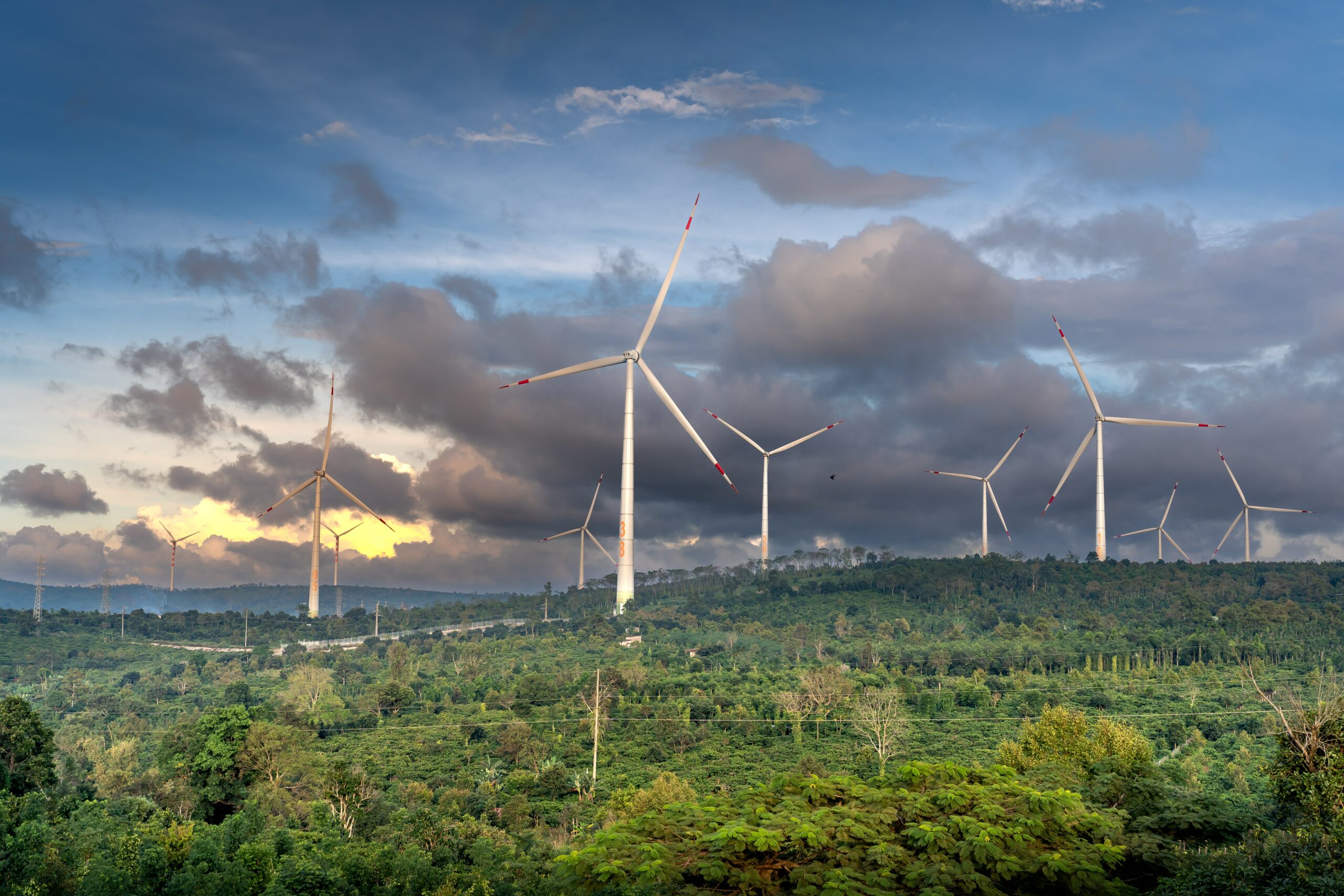Fast Fashion in Africa
The second-largest sector after agriculture in Africa is the fashion and textile industry with an estimated market value of $31 billion in 2020 and growing every year (1). Fast fashion is a marketing and manufacturing model where clothing moves instantly from the runway to retail stores.
Fast fashion captures the latest fashion trends and styles and manufactures clothing immediately to satisfy demand, season after season. It is able to do this by optimizing certain aspects of the supply chain to produce designs quickly and inexpensively. Marketing teams then target mainstream consumers, persuading them to buy the latest collections. These items are often set at a low price, making them attractive to a wide base of consumers encouraging them to replace one season’s garments with the next (2). Fast fashion produces around 52 micro seasons instead of the traditional 2 per year, increasing demand at an exponential rate. (12). Examples of fast fashion retailers include H&M, Zara, Uniqlo, Primark, Topshop, and Next that produce massive amounts of clothing very efficiently (3). But what is the fast fashion industry doing in Africa? What opportunities does it bring to the table and what risks does it present to this continent?
Fast fashion can contribute positively to the African economy. Within Africa, the entire textile/clothing sector is already the second-largest employer after agriculture (4). In Kenya, data shows that every job in the garment sector generates 5 other auxiliary jobs (4). With shorter shipping routes to European and USA markets, Africa also has an important strategic advantage over Asian manufacturers. In fact, it takes just three weeks for a shipping container to travel from West Africa to Western Europe and a month to travel to the East coast of the United States. Africa also benefits from lower (or comparable) labor costs to Asia and apparel manufacturers in many African countries offer duty-free deals (or reduced tariffs as much as 30% compared to Asia) when entering European, American, and Australian markets (4) giving Africa a competitive edge over its Asian counterparts. Clothing and textiles represent about 7% of world exports, and apparel production is. For instance, Ethiopia is already a destination for apparel manufacturing such as Guess, Levi’s, H&M, which have shifted their production therefrom China (13). According to the Oxford Committee for Famine Relief (OXFAM), if Africa, East Asia, South Asia, and Latin America were each to increase their share of world exports by 1% the resulting growth could lift 128 million people out of poverty (4).
The torch of the “world’s low-cost manufacturer”, long-held by China, is set to pass to Africa in the very near future (5). China has its sights set on shifting the focus of its economic system towards creating a significant domestic market with greater consumption capacity. For this reason, it is trying to go beyond a model that hinges on cheap labor. The African economy instead is still growing by 10% annually, an exception in the last decade, making it an attractive destination for foreign investors (5). In this context, Chinese firms are now looking to delocalize their production, without surrendering control of the supply chain, by seeking out, as European and American firms have done before them, low wages and suitable infrastructure (5). In Africa, the potential for attracting these investments is considerable, owing in part to wages being as low as 60-70 dollars per month in countries like Ethiopia (5). The fast fashion industry moves very quickly, and African countries are also interested in attracting this industry as it provides an opportunity for much-needed economic diversification.
Countries like Ethiopia are a good example of the possible synergies to be had. There is a great deal of investment flowing into the country because of its lower wages and proper infrastructure, with good access to ports, a young and motivated workforce, and labor market governance that is favorable to investors. The country is also in the same time zone as Europe and is conveniently situated geographically with respect to target markets. Other countries with high potential include Nigeria, Ghana, and Kenya. Nigeria, Africa’s largest oil producer, recently scrapped its textile import ban, driving renewed interest from international fashion and apparel retailers. The country is currently home to leading brands such as Levi’s, Mango, Nike, and Swatch, which have set up stores in the Palms Shopping Mall in Lagos (7). These are all countries where increased macroeconomic stability has been conducive to the influx of capital (5). “Western companies were ignoring the prospects of the continent of Africa, especially with fashion retailers. Some not shipping there at all, others taking 21 to 30 days […]” (6). Yet, that will quickly change as they begin to grasp the opportunity that Africa offers (6).
On the other side of this coin is the deleterious environmental impact of this production model. According to statistics published by the United Nations Environment Program and the Ellen MacArthur Foundation, the fashion industry is responsible for 10% of annual global carbon emissions, more than the aviation and shipping sectors combined (8). The industry’s use of water and energy has marked it as one of the planet’s biggest polluters. Climate change is already having a negative impact on food security and public health (9). In addition, Africa faces the unique problem of being the last link of this industry’s value chain: 45% of all donated clothing globally ends up in the hands of for-profit brokers, with 70% of that ending up in Africa (10). Kenya alone, for instance, imported a whopping $133 million worth of worn clothing from Canada, Europe, and China in 2017, practically wiping out their homegrown textile industry (10). As purchasers attempt to resell their items, they are often unaware of what products they are receiving, or even their quality. If the quality is sub-par, the materials get tossed in landfills losing traders lots of money and creating huge piles of trash. This means that developing countries are importing more waste textiles than the cotton they export and are therefore losing major profits– suffocating both their economies and their environments (10). Farmers in Burkina Faso, the largest cotton producer in sub-Saharan Africa, have identified that the cotton they produce seems to only gain real value once it is exported to outside countries, like China, and turned into fabrics, threads, and garments. Those garments are then sold globally (in stores like H&M, Topshop, or Zara) used, donated, and end up back in Africa, only to get thrown away.
As calls for corporate consciousness begin to rise, initiatives for change are emerging. Consumers have a greater awareness of issues like sustainability. This has resulted in organizations, like the United Nations, considering negotiations to reform fast fashion’s destructive manufacturing process (10). Indeed, Africa looks like a promising market for fast fashion; however, a new improved system is needed. A version that is better than the current one where the production model is more sustainable and that supports a circular economy rather than a linear one. Reform is needed to save not only the environment, but also the people.
Sara Yamama – Research Analyst
Sources:
https://www.thechicselection.com/fast-fashion-its-environmental-impact
https://kitengestore.com/positive-impact-made-measure-fast-fashion/
https://www.fashionafricasourcingtrips.com/about/emerging-market-facts/
https://wwd.com/fashion-news/fashion-features/bringing-affordable-fast-fashion-to-africa-1202775707/
https://www.fashionatingworld.com/new1-2/african-fast-fashion-may-swamp-ethical-fashion
https://un-ruly.com/how-that-zara-top-you-bought-is-hurting-africas-economy/
You may also like
Warning: Undefined variable $content in /var/www/sdomains/nexatestwp.com/infomineo.nexatestwp.com/public_html/wp-content/themes/infomineo/single.php on line 235
Warning: Undefined variable $content in /var/www/sdomains/nexatestwp.com/infomineo.nexatestwp.com/public_html/wp-content/themes/infomineo/single.php on line 235
Warning: Undefined variable $content in /var/www/sdomains/nexatestwp.com/infomineo.nexatestwp.com/public_html/wp-content/themes/infomineo/single.php on line 235
Warning: Undefined variable $content in /var/www/sdomains/nexatestwp.com/infomineo.nexatestwp.com/public_html/wp-content/themes/infomineo/single.php on line 235
Warning: Undefined variable $content in /var/www/sdomains/nexatestwp.com/infomineo.nexatestwp.com/public_html/wp-content/themes/infomineo/single.php on line 235
Warning: Undefined variable $content in /var/www/sdomains/nexatestwp.com/infomineo.nexatestwp.com/public_html/wp-content/themes/infomineo/single.php on line 235








